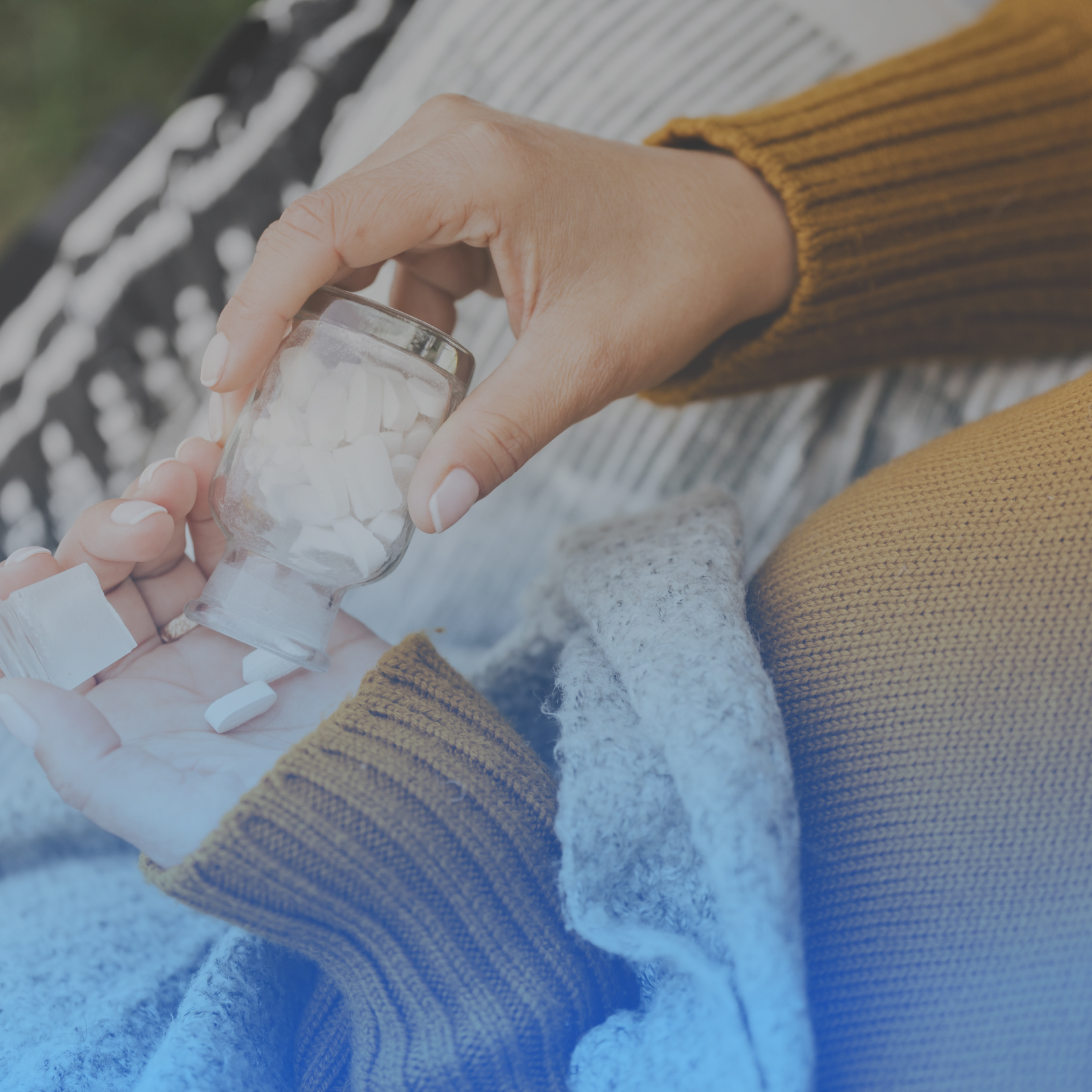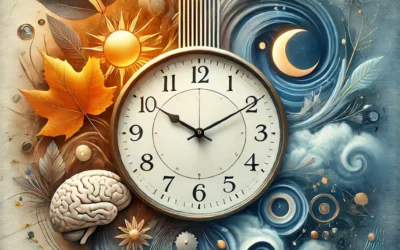In a previous article, we discussed the most common drugs used to treat bipolar disorder. In this article, we will introduce other groups of drugs that are commonly prescribed by psychiatrists.
The first group are ANXIOLYTICS, which, according to the literal translation, means: drugs that dissolve anxiety (“anxieta = anxiety”, “lytikos = dissolving”). These drugs reduce tension and anxiety. The advantage of these drugs is that they have a rapid or immediate effect within a few minutes. However, the big disadvantage is the risk of addiction and the risk of overdose. Therefore, these drugs tend to be recommended more for short-term, targeted and emergency treatment. Anxiolytics have other subgroups and there are types that are also suitable for long-term use with a lower risk of dependence. Some of the best known include Diazepam, Neurol, Rivotril, Oxazepam or Atarax (and many others).
Drugs that help to induce sleep are called HYPNOTICS. Even in this group there are more subgroups according to the active substance. Certain types of hypnotics have a similar effect as the anxiolytics – they reduce tension, anxiety, but also can be addictive (e.g. Rohypnol, Dormicum). Currently, the drugs of first choice are the so-called Z hypnotics, which have a lower risk of addiction. Among the best known are Hypnogen, Stilnox, Zopiclone. Also, melatonin, a substance produced by our body as a sleep hormone, can be used in a pill to promote sleep. There are also drugs that are not directly hypnotics but have so-called hypnotic effects, i.e. they induce sleep. These include some antidepressants, antipsychotics or even antihistamines, such as Prothazine, which is a drug for allergic reactions with a depressant effect.
The following two drug groups are less common in patients with bipolar disorder. These are PSYCHOCHOSTIMULANCIA, which stimulate brain activity and cause excitation of the organism. For example Ritalin. These drugs can have beneficial effects in attention disorders in children or in cases of increased sleepiness (e.g. uncontrollable falling asleep, i.e. narcolepsy). However, the downside is that they can be abused for psychoactive drug production (especially methamphetamine).
The last group is called NEUROPROTECTIVES, they support blood flow to the brain and cognitive functions such as memory and attention. This subgroup includes Cognex or Reminyl. After strokes or head injuries, we use Tanakan or Piracetam to promote blood flow to the brain.
Glossary:
Medication = medication used = pharmaceuticals
Orel, M. (2016). Psychopatologie: Nauka o nemocech duše (2., aktualizované a doplněné vydání). Grada.
Vieta, E., Berk, M., Schulze, T. G., Carvalho, A. F., Suppes, T., Calabrese, J. R., Gao, K., Miskowiak, K. W., & Grande, I. (2018). Bipolar disorders. Nature Reviews Disease Primers, 4, 18008. https://doi.org/10.1038/nrdp.2018.8
Front Matter. (2021). In Neurobiology of Bipolar Disorder (s. i–ii). Elsevier. https://doi.org/10.1016/B978-0-12-819182-8.09994-4



